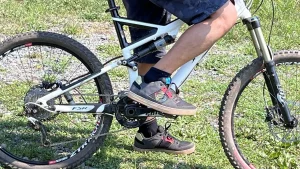Common Weight Lifting Injuries and How to Avoid Them

Weight lifting is proven to build strength, help maintain muscle mass, and support effective weight management. Pay attention to your body to ensure you avoid injuries when weight lifting and capitalize on the many benefits weight lifting can provide.
Table of Contents
Common Weight Lifting Injuries
The image to the right shows the major muscles. Weight lifting workouts involve most of these muscles for movement and stability.
The most common types of injuries include
– Shoulder strains
– Lower back pain
– Knee and ankle strains

Signs of a Weight-lifting Injury
The body sends signals when under stress. If you run longer or faster than you normally run, or lift weights more than you normally lift, your body will signal it’s under strain. These physiological symptoms tell you you’re pushing your comfort zone. The greatest degree of improvement will occur when outside of your comfort zone. Your strength training goal is to push yourself without getting suffering an injury.
The following signs help you distinguish between pain from an injury and the soreness common after a weight lifting session.
Muscle soreness is the result of micro tears that happen when exercising. These micro tears result in a dull pain and muscle weakness, which we commonly refer to as soreness. This discomfort dissipates in a couple of days as the body repairs these torn muscles (which is how muscle growth occurs). But if the discomfort persists for longer than a couple of days your body is signaling a potential injury.
Shoulder Injuries
Shoulder workouts are not possible without the support of the arm muscles. The shoulders muscles comprise the traps (trapezius) and delts (deltoids), which then connect to the triceps, the biceps, brachioradialis, and the muscles of the forearms.
The delts are a small muscle group involved in pushing motions such as push-press, cleans, snatches and arm raises. If you go heavier with any of these movements without a proper warmup, there is a high chance you’ll experience pain. The pain sometimes starts during the workout. Sometimes you’ll experience pain a day or so later when the body tries to heal the tears. A professional consultation is highly recommended in such cases for any medication or other forms of repair and recovery.
Common shoulder injuries from weight lifting include:
- Biceps tendonitis feels like a dull ache in the shoulder due to an inflammation of the biceps tendon.
- Inflammation of the fluid-filled joint sac which helps to cushion the shoulder joint
- Rotator cuff tendonitis is an inflammation of the rotator cuff tendon which will be painful if you raise or rotate your arm

- Sprains or strains occur from overstretching or partial tearing of a ligament in the shoulder or tendons. You will feel pain with any movement.
- Partial or complete rotator cuff tear and labrum tear may prevent you working out or several months, and requires significant rest for a proper recovery.
Another muscle that causes immediate discomfort or pain after an injury is the brachioradialis. This muscle helps supinate and pronate the forearms and aids in its rotation. Movement that stresses this such as dumbbell snatches, or handstand pushups, or even a push-press can lead to discomfort and/or pain.
Back Injuries
The back muscles support and stabilize all other muscles. The back muscles consists of the muscles in back, neck, and the glutes.
As important as all back muscles are, the lower back muscles and the glutes perform the bulk of the movements in weight lifting exercises such as the deadlifts, squats, and lunges.
Being sore after a back exercise session is common. But prolonged discomfort needs to be addressed by a medical professional. Common injuries resulting from persistent back pain include:
- Sprains and strains
- Herniated or bulging disc
- Fractured vertebra

All of these back injuries are serious. A heavy deadlift or squat without proper form can lead to a herniated disc.
Knee Injuries
- Inability to bear weight on the knee
- Feelings of instability in the knee
- Greater-than-normal range of motion in the knee
- Popping noises when you bend the knee a certain way
- Swelling or obvious deformity in the knee

Warning: All of these symptoms require immediate medical attention. If you experience any of these issues during a weight lifting workout, stop immediately and seek help.
How to Prevent Weight Lifting Injuries
Let’s explore how to prevent weight lifting injuries.
1. Warmup – start your weight lifting exercises with a warmup. A quick 500m run or a 500m row (on an indoor rower) will get the blood flowing and get your body warmed up. Jumping rope is also a good warmup exercise.
For more focused workouts, such as leg day or shoulder day, perform light exercises similar to your plan for that day to warm up these areas. This will also help you identify any issues and prevent injuries before you start your heavier lifts.
2. Proper Form – Maintaining proper form during a workout ensures your body mechanics (muscle and bone alignment) can safely take on a heavy load on workouts such as cleans, squats, deadlifts, and snatches. If you lift without attention to your back position and feet alignment, you risk sprains, and pulling muscles.
3. Weight Loading – Avoid going up in weights suddenly. Give the body some time to warm up to prevent sudden stress on the muscles. Warming up with lighter weights gives the body the necessary blood flow to lift heavier weights.
4. Cool Down – The cooldown session helps the body’s blood flow return to normal. A stretch of the back, legs, arms, shoulders will help any contracted muscle return to its normal state. A focused cool down also help slow the heart rate restore normal breathing. You can also address any pulled or tight muscles during the cool down so you don’t exacerbate any injuries.
Don't follow the "No Pain, No Gain" Mantra
If you are in pain, seek help immediately. Don’t continue working out. Pain is a signal of a problem and should be analyze by a medical professional before you return to your normal strength training routine.
Start with a good warmup. Use light weights and slowly go heavy. Stop at the first sign of discomfort to prevent serious injury. Incorporate stretches into your routine, even on rest days. If you usually work out by yourself, try not to fall victim to self training mistakes.
I hope you found this strength training post useful! Please check out my cycling and recovery foods posts as well!




